TASTING OUR WAY
THROUGH SAN PABLO CITY
January 24, 2014
by An Mercado-Alcantara
The
majestic mountains of Mount Banahaw, Mount Cristobal, and the Sierra Madre
Mountain range embrace the city of San Pablo. Within this embrace are the
prized jewels of San Pablo’s seven crater lakes, as well as huge tracks of
coconut lands, which in the early 1900s was the biggest source of coco products
in the world. These three geographic features—our mountains, our lakes, and our
coconut plantations—have influenced the culinary traditions of San Pablo. Experience
our city from the point of view of a local foodie, CHOP member An
Mercado-Alcantara, writer, clay artisan, and innkeeper. We will explore our
folk cuisine, the culture, and the charming people that make San Pablo such a
memorable off-the-beaten path destination.
Program
§
8:30
am – Meet up at Casa San Pablo, a
bed and breakfast within a family compound at the heart of San Pablo City (www.casasapablo.com).
Allot travel time of two hours from the Magallanes entry of the South Luzon
Expressway.
§
9:00
am – Breakfast and lecture by An Mercado-Alcantara on San Pablo food
influences. Our breakfast menu will include dishes from our lakes, as well as
other San Pablo favorites:
o
Pinaete
(lake shrimp paste in coconut cream) from Palakpakin lake
o
Paksiw
na ayungin from Pandin lake
o
Dried
biya from Laguna
o
Longanisang
San Pablo
o
Coco
jam
o
Itlog
na maalat
o
Laguna
white cheese
o
Tsokolate
at pinipig
o
Plus,
tasting portions of edible stages of the coconut with the lecture
§
10:00
am – Leave for Forest Wood Garden (facebook.com/pages/Forest-Wood-Garden) a
coconut plantation with ornamental plants, at the foot of Mount Banahaw. Organic
farmer Joel Frago and his wife, Myrna Frago, a landscape artist, will welcome
us. Here, we will have a taste of two dishes from ingredients used by our
ancestors, foraged and hunted from the thick forests of Mount Banahaw.
o
Pancit
kalabuko – Before we were influenced by the Chinese, our ancestors made noodles
from kalabasa and topped it with vegetables and crops gathered in the forest
and slices of roasted wild boar
o
Plantsado
– A merienda dish from endemic root crops found in the forest, mashed like
nilupak, mixed with buco, then flattened using a traditional charcoal flat
iron. We will have a chance to iron our own plantsado.
§
12:00
pm – Leave for Sulyap Gallery Café, where we will be served traditional coconut
and lake dishes for lunch. Here, we
will have a demo of the San Pablo classic dish of kulawong puso ng saging at
talong, a salad with smoked coconut vinaigrette. Lunch Menu:
o
Kulawong
puso ng saging at talong
o
Crispy
tilapia from the fish pens in our lakes
o
Native
chicken tinola
o
Igado
(adobo sa kamatis)
§
2:00
pm – Leave for Kusina de Sabang, a lakeside eatery which will give us a view of
Bunot Lake, the smallest of our seven lakes. Here, we will have a taste of new
ways our traditional desserts are being prepared by young people of San Pablo.
o
Home-made
buko tart (an alternative to the highly commercialized buko pie)
o
Home-made
palitaw with a coating of macapuno
o
Candied
macapuno
§
3:00
pm – Leave for Café Lago, a lakeside café which will give us a view of Sampaloc
Lake, the biggest of our seven lakes. Here, we will have flavored lambanog (coconut
wine) and bignay wine tasting. Bignay is harvested and distilled at the Atisan
hills of San Pablo.
§
4:00
pm – Leave for Casa San Pablo. Here, we will set up a pasalubong counter which
will include some of the dishes we tasted:
o
Pinaete
o
Dried
biya
o
Macapuno
o
Ube
halaya
o
Buko
tarts
o
Etc.
Drive
back to Manila immediately after.
OPTION for Shrimping at Lake Pandin: Those who would like to experience
fishing and shrimping from bamboo rafts on Lake Pandin can stay overnight at
Casa San Pablo. A shrimping expedition will leave at 5:30 AM the following morning.
We will take a 20-minute hike to the lake as the sun rises. We will ride bamboo
rafts through the dawn lake waters and then help the local folk pull out shrimp
traps around the lake. We will be able to catch shrimps, ayungin, biya, and
bakuli. Then we will have simple breakfast on the rafts and enjoy the
spectacular view. For those who will stay overnight at Casa San Pablo, the rate
is P1,700 per head inclusive of dinner and breakfast. Trip to Pandin Lake is
P500. [Note: This option was cancelled at
the last minute because the water in the lakes was too cold.]
People & Views
Food & Drinks
An's Presentation re San Pablo
Photo Gallery
People & Views
Food & Drinks
 |
| Garlic Fried Rice |
 |
| Salted Egg Salad |
 |
| Pinaete: pounded shrimp cooked in coconut milk. |
 |
| Longganisang San Pablo |
 |
| Sinigang na Ayungin (fish from Pandin Lake) |
 |
| Crispy Fried Bakuli (fish from Palakpakin Lake) |
 |
| Crispy Dried Biya (fish from the lakes) |
 |
| Hot Chocolate |
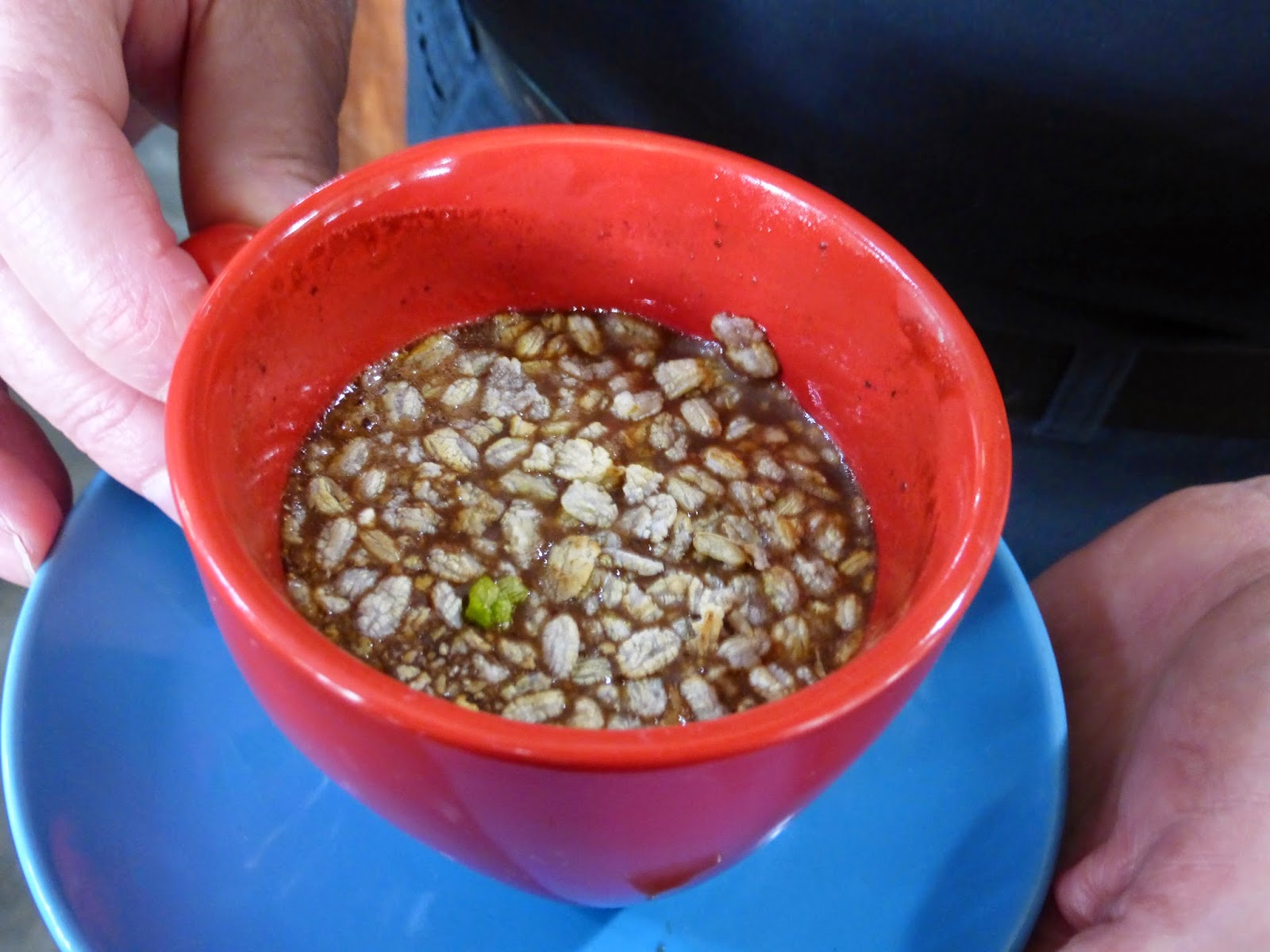 |
Hot Chocolate with Toasted Pinipig (crispy rice) |
 |
| Macaroons |
 |
| Add caption |
 |
Buko (Young Coconut) Pie |
 |
| Coconut Macaroons |
 |
| Coconut Sugar and Coconut Syrup served with Sweet Sticky Rice Cakes |
 |
| Add caption |
 |
| Shrimp Crackers served with Coconut Vinegar |
 |
| Alangan -- "in-between" (a mature coconut and a baby coconut) |
 |
| Niyog - mature coconut |
 |
| Coconut seedling |
 |
| Mala-Uhog (baby coconut) |
 |
| Turmeric Tea |
 |
| Purple Yam |
 |
| Plantsado ("ironed") |
 |
| Plantsado – A merienda dish from endemic root crops found in the forest and flattened using a traditional charcoal iron. |
 |
| Plantsado ready for eating |
 |
| Cooking the Pancit Kalabuko (Squash and Coconut Noodles) |
 |
| Squash shells after scraping |
 |
| Add caption |
 |
| Roasted then peeled eggplant |
 |
| Scorching the grated coconut with live coals |
 |
| Smokey coconut milk squeezed from the burnt grated coconut |
 |
| Kulawong Talong - cooking the roasted eggplant in the burnt coconut milk |
 |
| Finished Kulawong Talong garnished with Lechon Kawali |
 |
| Palitaw (Sticky Rice) Balls Stuffed with Macapuno |
 |
| Maja Blanca with Corn |
 |
| Sinukmani (Biko) - another variety of sweet sticky rice cake |
 |
| Turon na Saging (Fried Banana Rolls) |
 |
| Ube Halaya - purple yam cooked in coconut milk |
An's Presentation re San Pablo















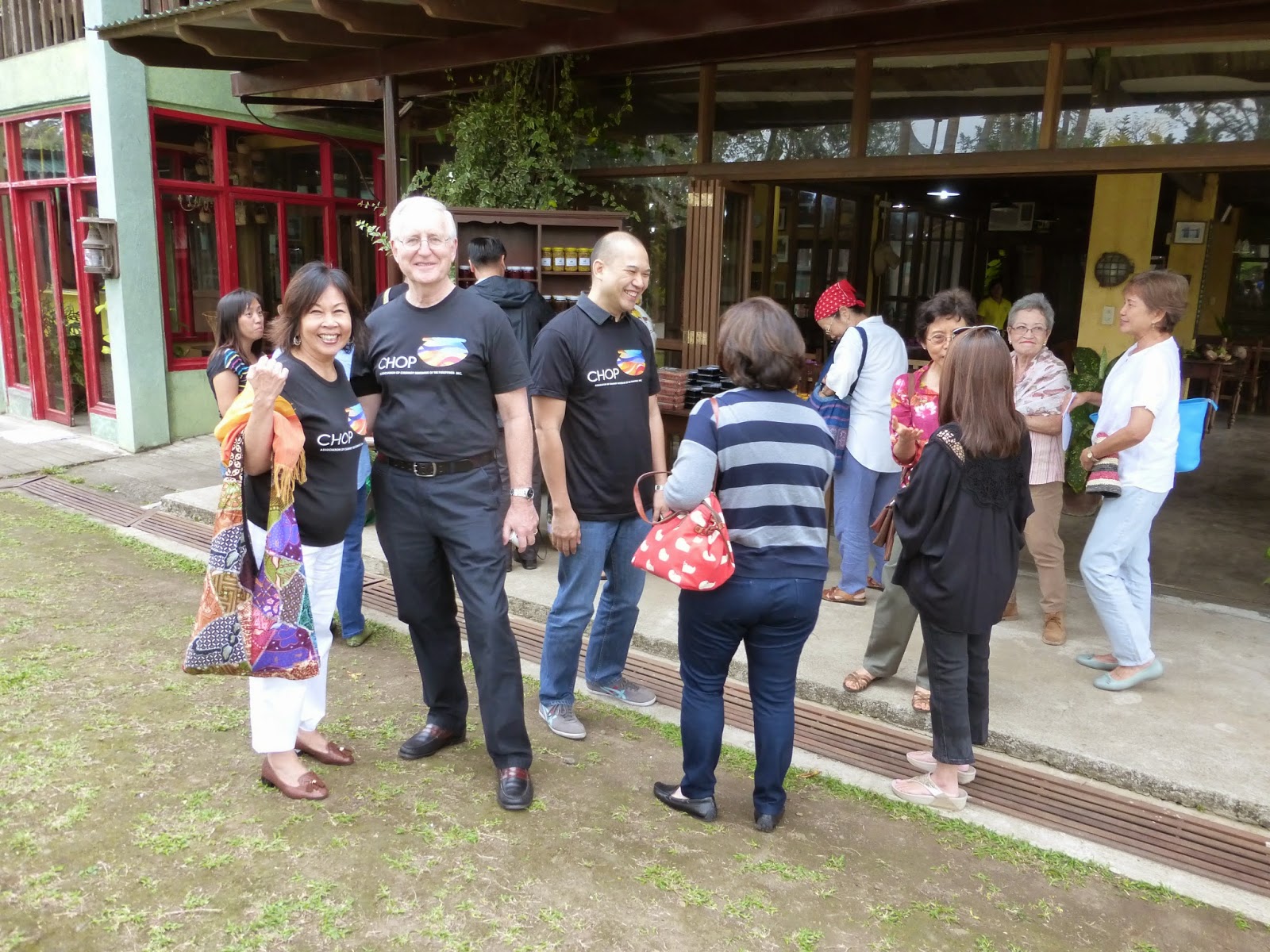




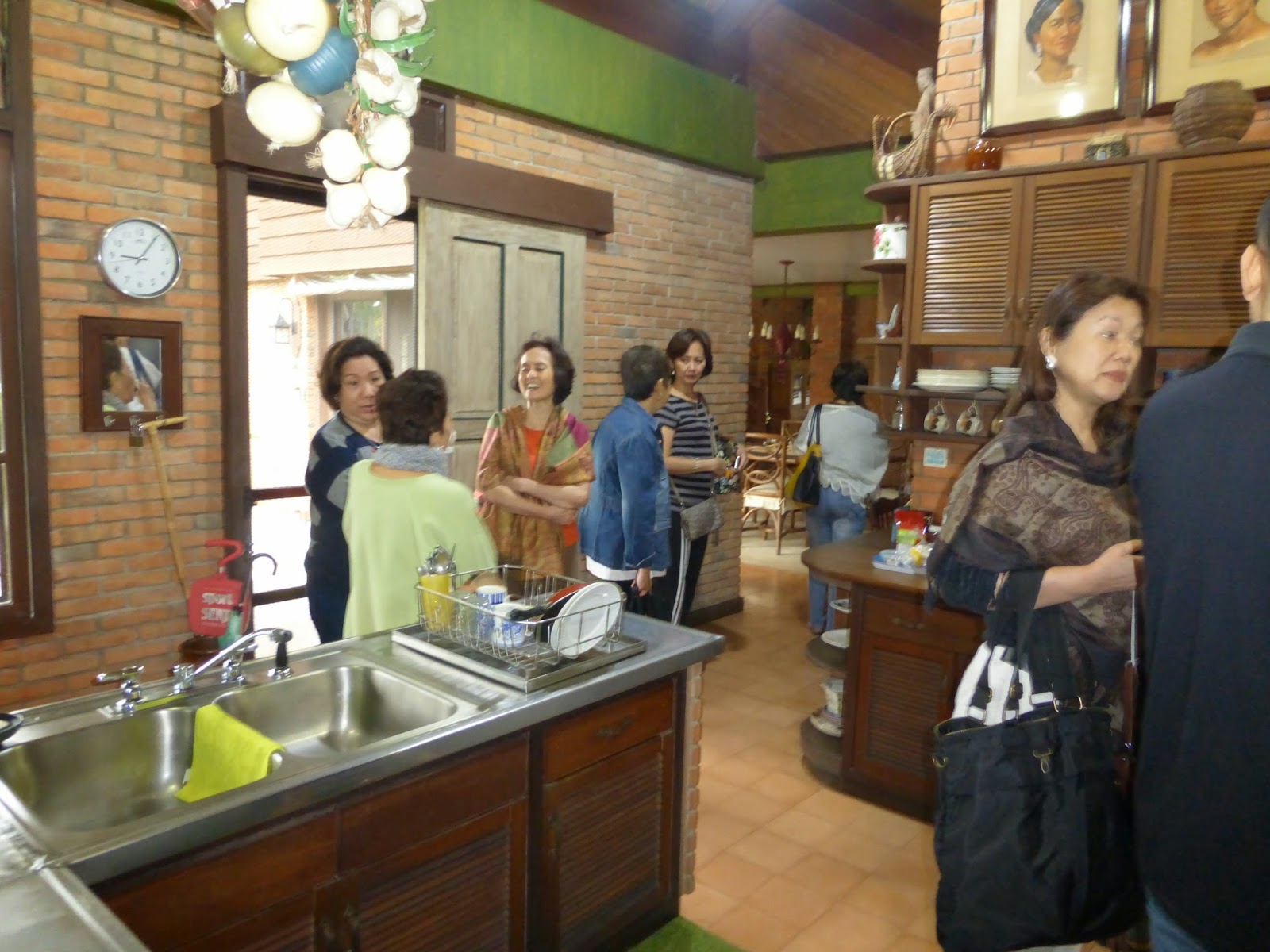

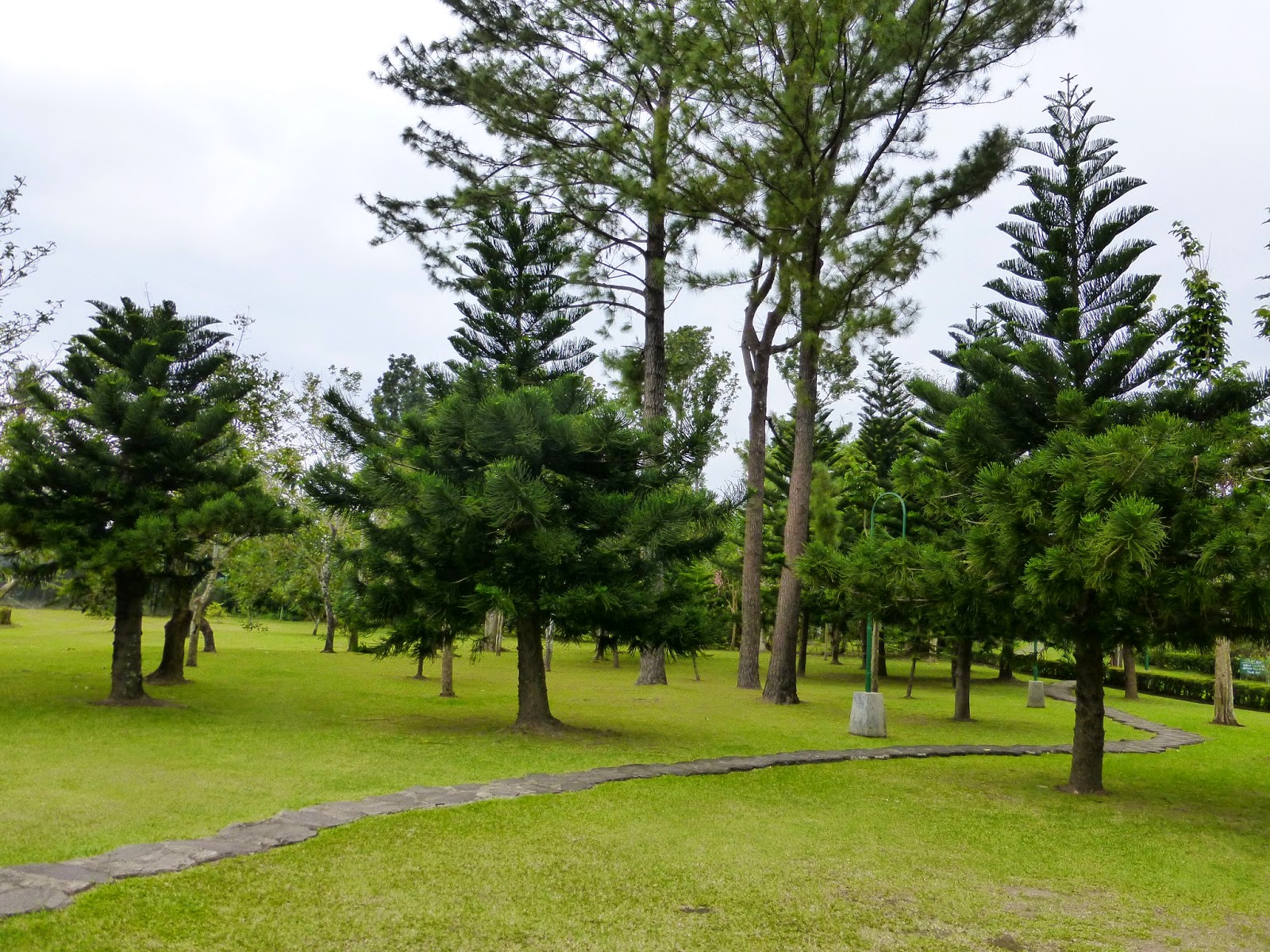
















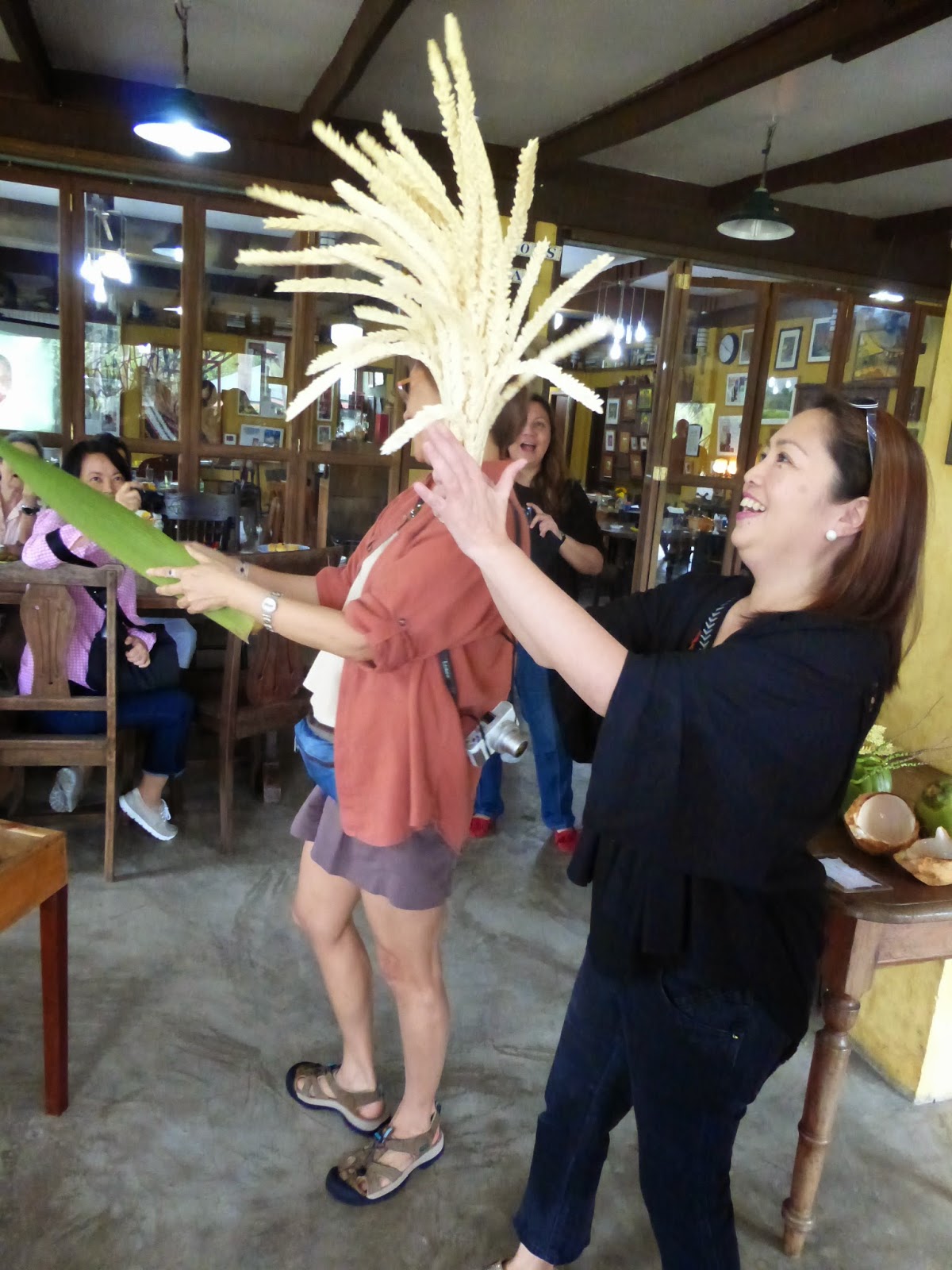




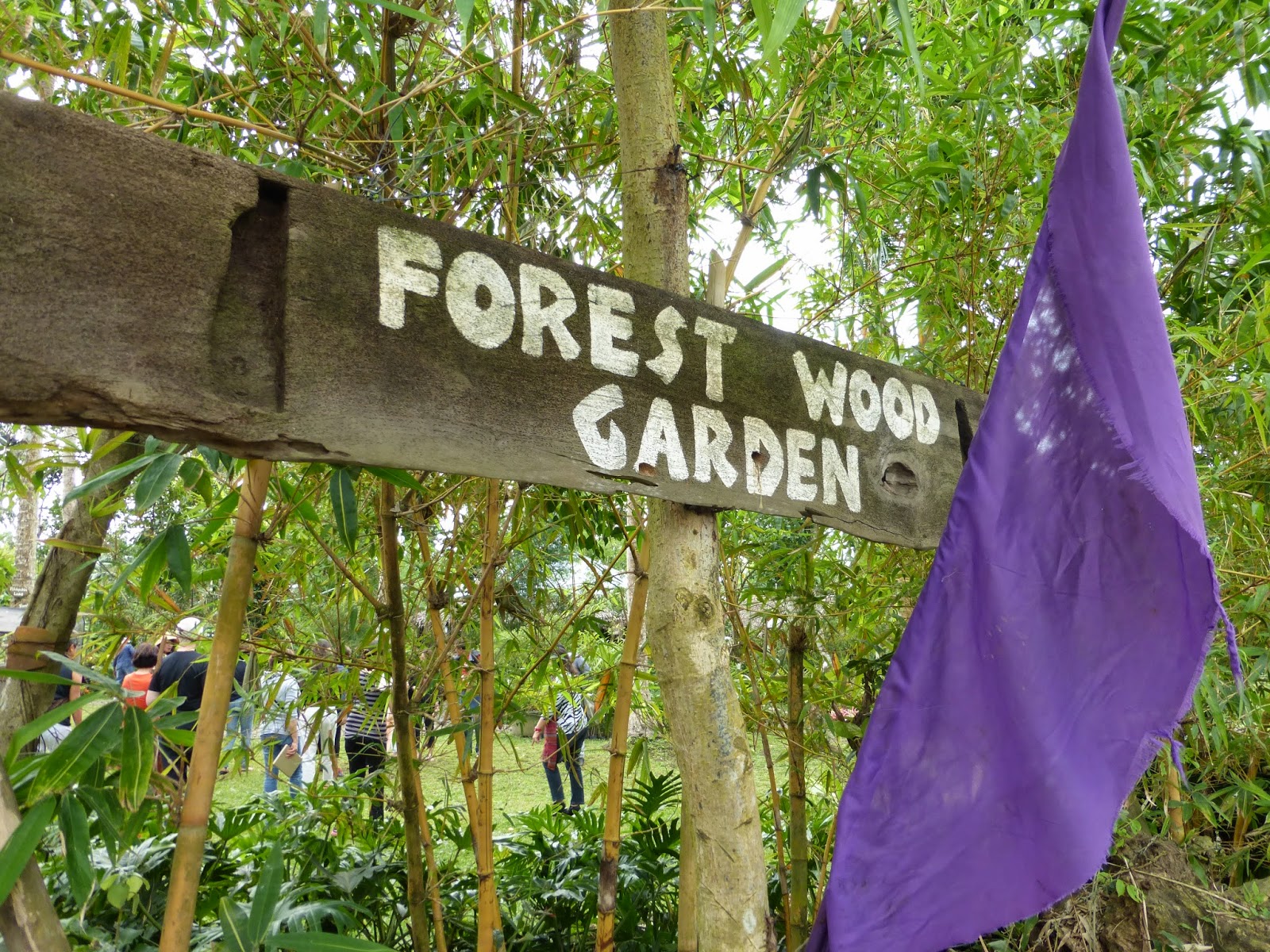

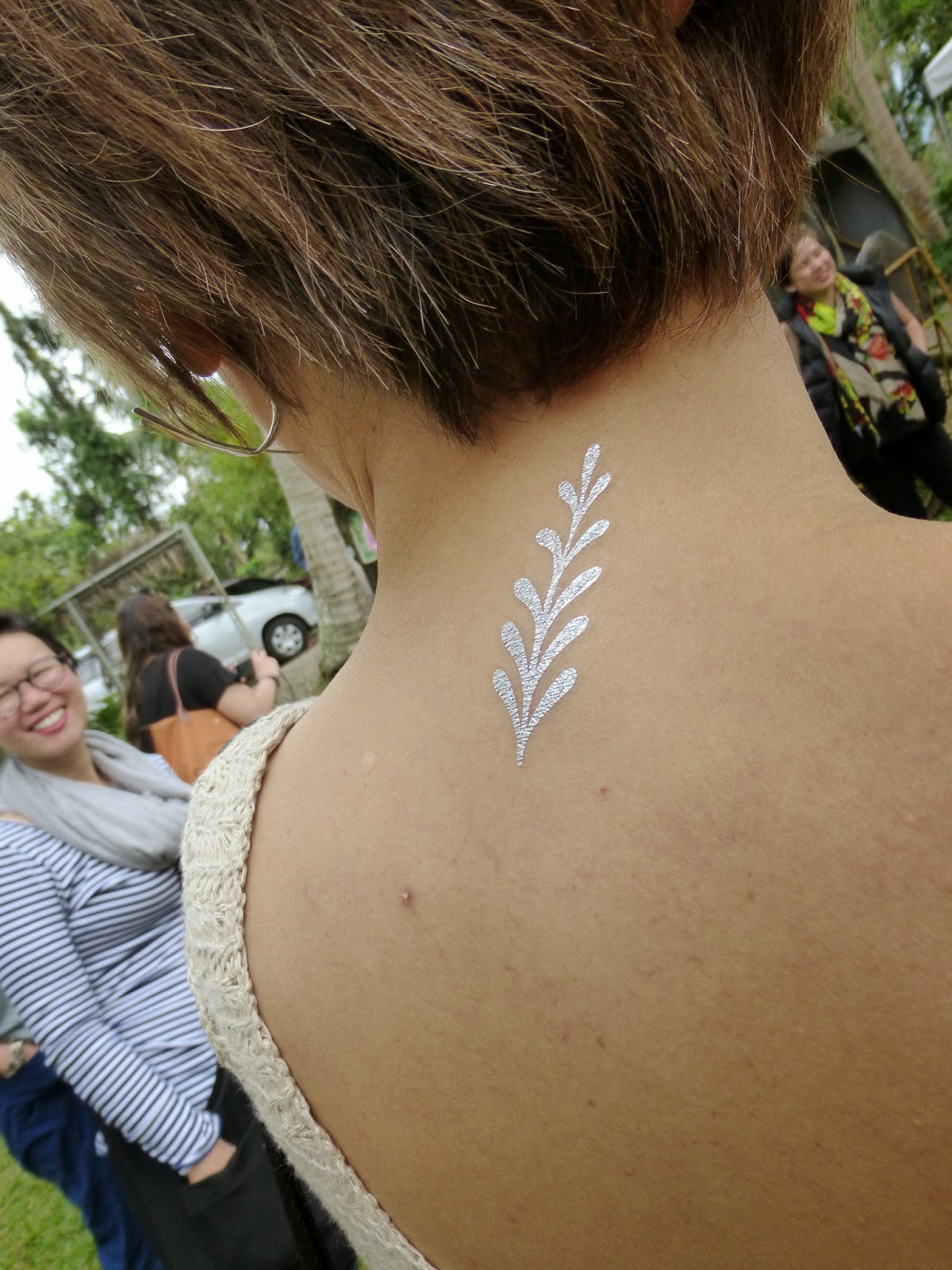






































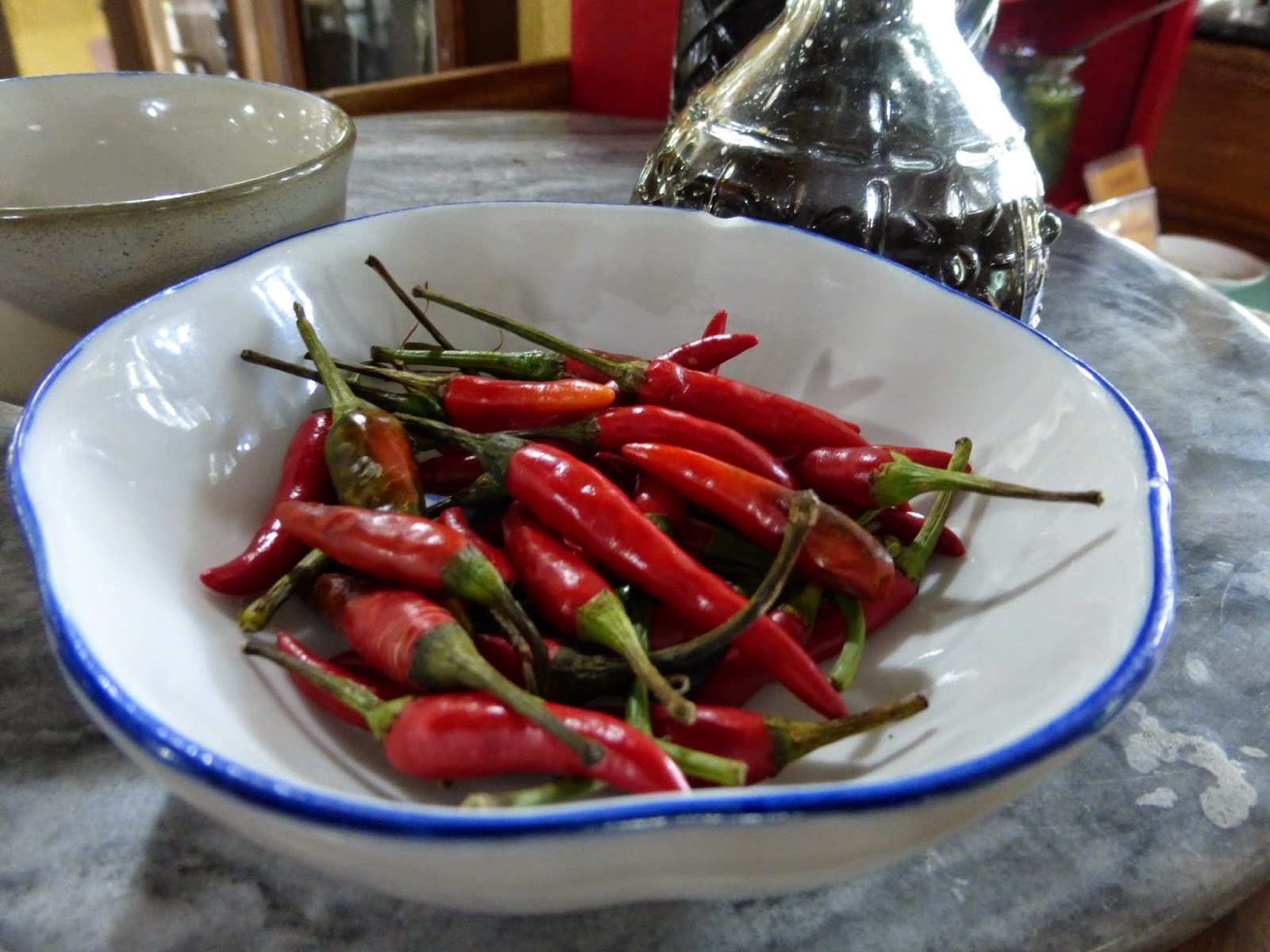














































Wow, Regee. Your photos are so complete. Didn't realize that you were clicking away during the full tour. Everything was covered. Thank you.
ReplyDeleteIt helped that both Ian and I had cameras -- it took a lot of time winnowing them. The photo collection includes some from your and Ige's postings on FB, that's why it looks so complete.
Delete